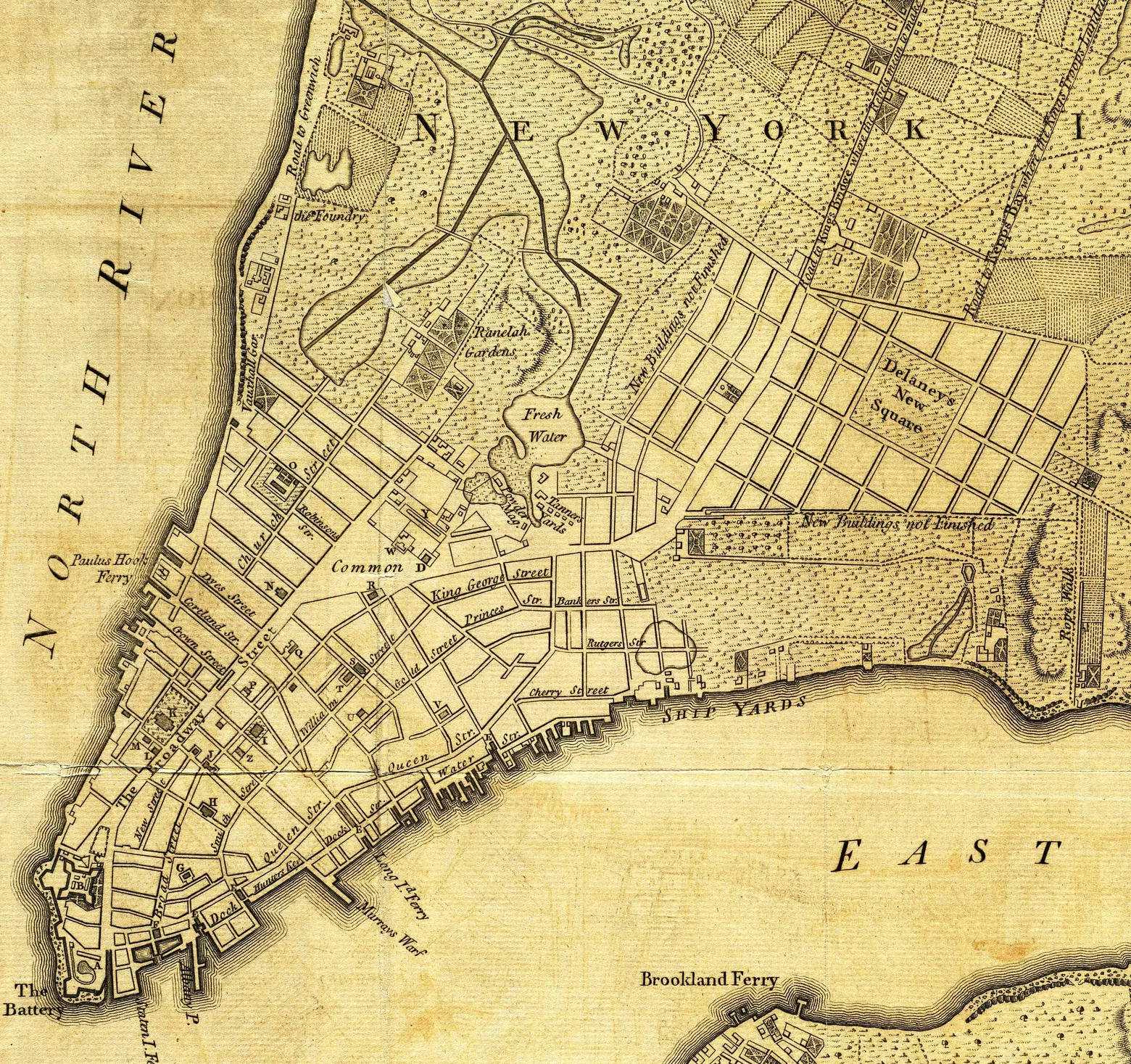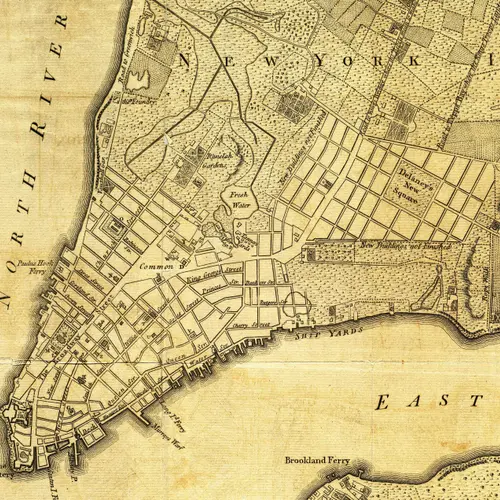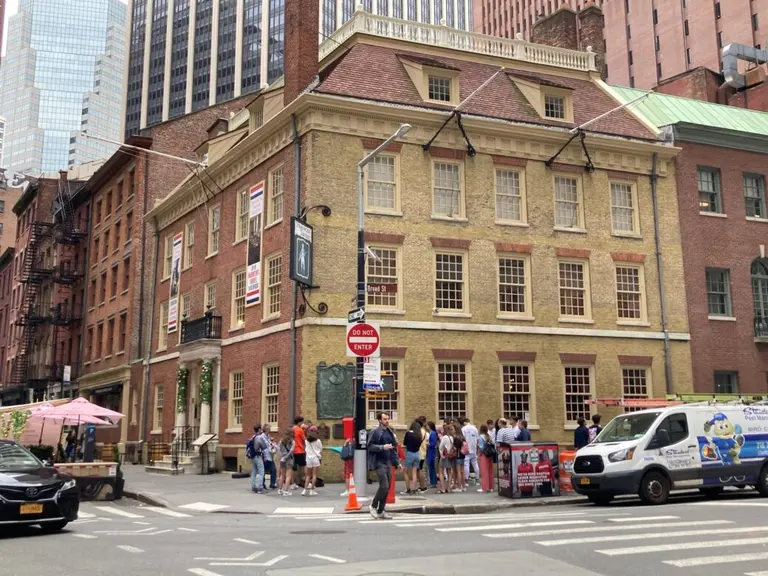On this day in 1811, the Manhattan Street Grid became official

Photo courtesy of the Greenwich Village Society for Historic Preservation
Deemed by historians as the “single most important document in New York City’s development,” the Commissioners’ Plan of 1811, which planned Manhattan’s famous grid system, turns 211 years old this month. As the Village Preservation tells us, the chief surveyor of the plan, John Randel Jr., and city officials signed the final contract on March 22, 1811. The plan, completed at the end of the 19th century, produced 11 major avenues and 155 cross-town streets still used today.

A 1776 map of NYC, before construction of the Commissioners’ Plan via Wikimedia
The Commissioners’ Plan, now known as the original Manhattan Street Grid, came in response to huge population growth in Manhattan from 1790 to 1810. As the population nearly tripled, public health issues increased. This, along with limited space available for housing and infrastructure, encouraged city leaders to adopt a new street plan to be developed above Houston Street. Before the grid, the topography of upper Manhattan was described as “a rural area of streams and hills populated by a patchwork of country estates, farms and small houses.”
The new street plan avoided changing the streetscape of Greenwich Village and other downtown areas because most of the city’s population lived above North Street, known as Houston Street today. The plan also avoided constructing through Stuyvesant Street because of its eminence at the time and large amounts of congestion. Today, Stuyvesant Street remains the only compass-tested east-to-west street in Manhattan.
Interestingly, the plan sparked debate among New Yorkers at the time. The author of “Twas the Night before Christmas,” Clement Clarke Moore, protested the plan because it affected the distribution of his own property and also provided no protective measures for the environment. Sadly, the construction of the plan forced over 721 buildings to be razed or moved, destroying a lot of the city’s original architectural and design history.
RELATED:































